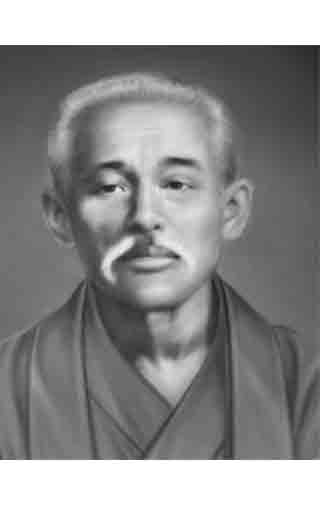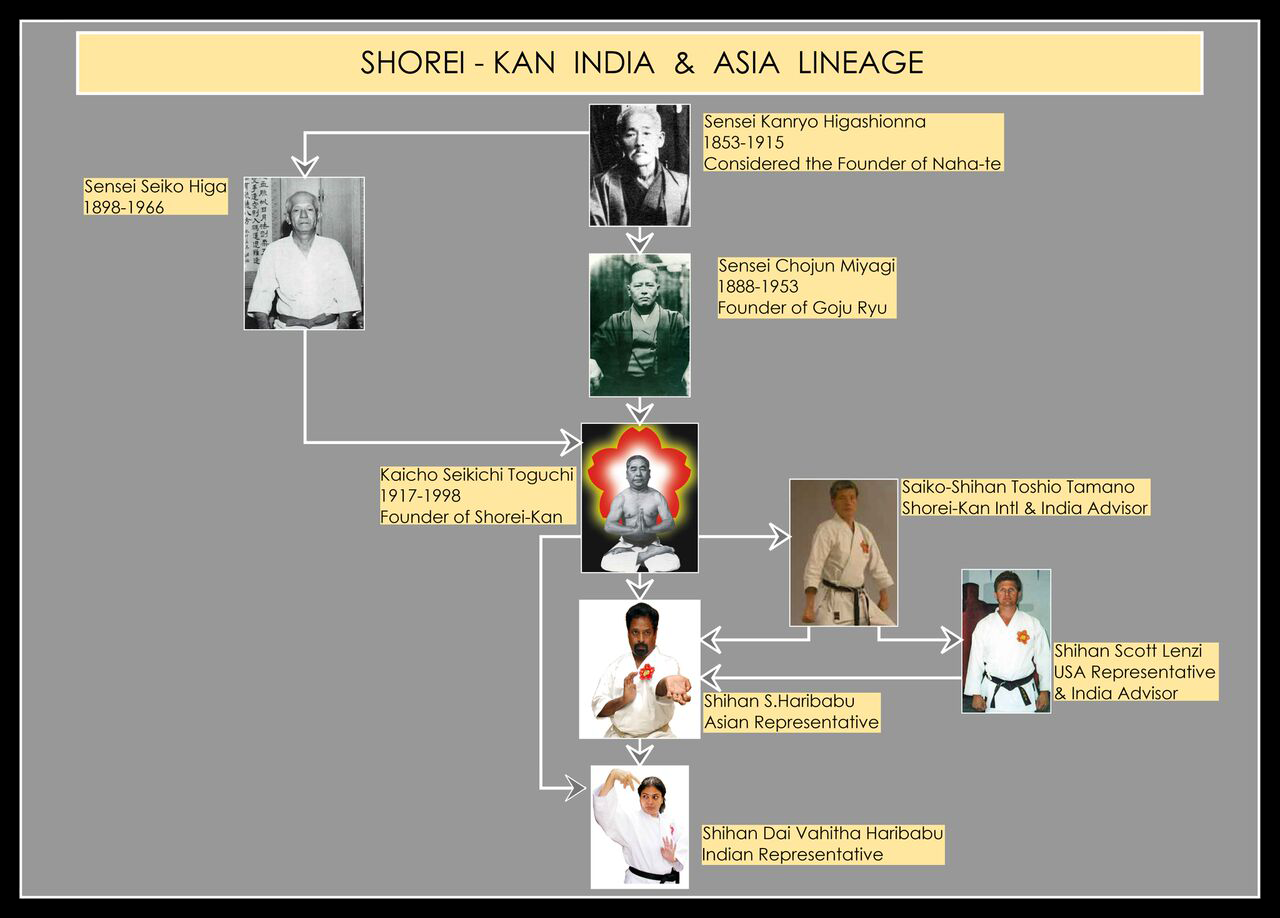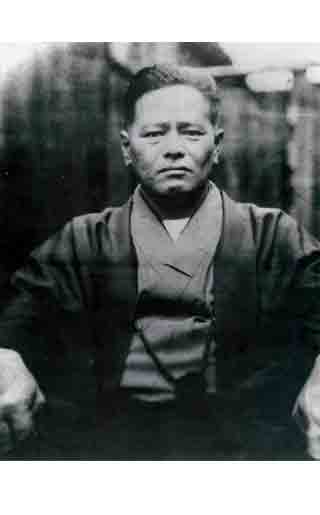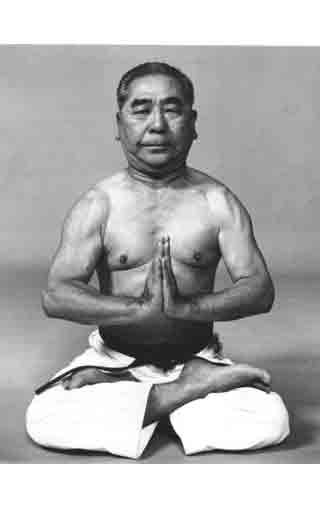Seikichi Toguchi Sensei was born on May 20, 1917 in Naha City, Okinawa, Japan. As a young boy, he learned the basic techniques of Okinawan Te from his father. In 1930, at the age of 15, he began his lifelong study of Gōjū-ryū karate at the dojo of Sekō Higa Sensei and later under Chojun Miyagi Sensei as one of his principal students. He studied under Higa Sensei for over 33 years and under Miyagi Sensei for more than 25 years, making his karate education unique. Toguchi Sensei was fortunate as Miyagi was a personal friend of Toguchi's father and so paid many visits to the family. As a result, Toguchi Sensei got to spend much time with Miyagi Sensei, discussing, debating and learning about several aspects of karate.
Toguchi Sensei continued his full-time study of karate until the beginning of World War II, when he was drafted into the army as an electrical engineer and stationed in Sumatra, Indonesia. In 1946 he returned to Okinawa to find a devastated people and homeland. Miyagi had lost three children and one of his senior students, Jinan Shinsato. In 1949, with the help of Toguchi Sensei, Higa Sensei opened up a new dojo and Toguchi Sensei was appointed Shihan. Before his death, Miyagi Sensei passed on all his advanced kata and teachings to Toguchi, one of the more important being kaisai no genri. This teaching explains how to unlock the hidden techniques of the koryu kata. In 1953, after the death of Miyagi, his senior students formed the Karate-Do Goju Association with Seikichi Toguchi Sensei as Vice Chairman.
After Miyagi Sensei’s death in October 1953, Toguchi Sensei was the first of his students to open a dojo. He opened up the first Shorei-kan dojo (House of politeness and respect) in Koza City, Okinawa in 1954. The Shorei-kan dojo was very close to the American military base (Kadena Air Base) and the Americans showed a great interest in the martial arts. With an increasing western population in his dojo, Toguchi found it necessary to devise a progressive teaching method to overcome the language barrier. Expanding on Miyagi Sensei's vision, Toguchi Sensei further developed a system of progressive kata and added bunkai and kiso kumite to help explain application of the kata. In 1956 the Okinawan Karate-Do Federation was formed and Toguchi Sensei was installed as a member of the board of directors. By 1960 Toguchi Sensei decided to move to mainland Japan to spread the art of karate and Shorei-kan. During the coming years he would move between Okinawa in the winter and Tokyo in the summer. In 1966 Shorei-kan Hombu Dojo Tokyo opened in Nakano-ku, Tokyo.
Widely considered one of the greatest exponents of Goju-Ryu Karate, he not only continued Miyagi Sensei's legendary legacy, he was also the only student of Master Miyagi to improve his system by creating new katas and bunkais to complete Master Miyagi's unfulfilled dream of creating new katas to create a systematic advancement from fukyugata to kaishugata. The fact that Master Toguchi's katas have been accepted and absorbed by other Goju-Ryu schools is a testament to his brilliance, his dedication, his visionary approach and the deep respect that his contemporaries had for him.
Toguchi Sensei passed away on 31st August 1998 leaving behind a rich legacy that continues to thrive across the world.



